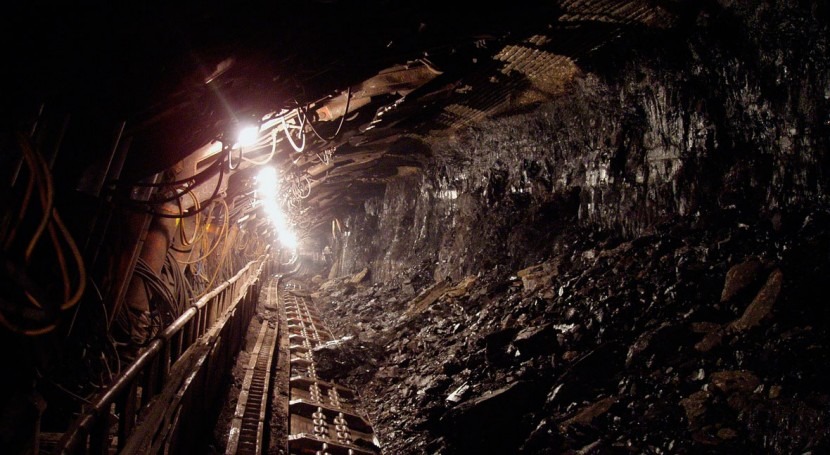From the first day I tasted hot lemon water, I have always ensured that I take it religiously every evening before retiring to bed.
Several things are appealing to me about it…
Its bitter- sweet taste…
Its citrusy texture…
But above all, its acidic nature that corrodes our throats in a ‘friendly’ way…
No wonder its a medicine for colds.
Yes, lemon water is made what it is by the presence of citric acid;
An organic acid naturally present in our body as a result of metabolic processes that support life.
Though moderate acidity benefits our bodies, it does more harm than good if present in environmental media such as water.
Carbon dioxine
Whereas carbon dioxide exists as a gas in the atmosphere, it dissolves in water to form weak carbonic acid.
This would be less of a problem if its atmospheric levels were low.
However, industrialization has brought along with it excessive baggage in the name of greenhouse gases, carbon dioxide being the chief among them.
With a steady rise in carbon dioxide levels comes the increased possibility of it dissolving in water bodies such as oceans and lakes thereby increasing their acidity.
Ocean acidification
Increase in seawater acidity could be tracked through seawater creatures such as shell fish and oysters.
Their calcium containing shells are easily ‘eaten’ up by acidic waters reducing in size over time…
A reality that also affects our coral reefs.
The effects of climate change are not just terrestial but oceanic.
Increased ocean acidification leads to reduction in biodiversity with the possible extinction of microscopic and other smaller living creatures due to a hostile acidic environment.
But climate change carries with it a cocktail of other problems too…
Bio-availability of toxic metals
Increased acidity lets lose agents which should at best remain immobile…
Toxic heavy metals.
Their increased solubility in acidic water makes them bio-available for sea creatures.
With some of them like sharks being associated with high metallic accumulation in their blood, ocean acidification is bound to tilt this balance even more unfavourably.
Metallic accumulation in sea creatures especially near shore zones due to the presence of industrial effluents is bound to open up possibility of chronic toxicity through the food chain.
But this acid-metal association is more significant in acid mine drainage…
By-products of an all too common industrial activity.
Minning
The discovery and exploitation of mineral resources in many Sub Saharan African nations is leading to economic fortunes not seen before.
Mining exposes rocks that have lied below the crust for ages…
Hidden from the reactive effects of atmospheric oxygen and surface water.
But what happens when such dormant rocks see the light of day?
Of concern is an Iron- Sulfur rich rock.
Pyrite
Being mostly a compound of iron and sulfur, pyrite is a common rock excavated by many mining activities.
However, upon contact with atmospheric oxygen and water, these types of rocks undergo dissolution suddenly converting into highly concentrated sulfuric acid which flows out of the mines as acid mine drainage.
Acid mine drainage should not be released into the environment without prior treatment but this is sometimes not the case especially in informal mining set ups.
Such water gets dumped into our rivers, streams and lakes abruptly altering their pH levels not only leading to death of creatures but also carrying with it dissolved toxic heavy metals some of which had been trapped under the crust for ages.
Its therefore not a surprise that food cultivated near informal mining zones might contain traces of metallic toxins such as lead, cadmium, arsenic and mercury…
Toxic metals associated with organ failure, impaired intellectual development and various types of cancers.
Water
The underground distrurbance mining creates might lead to seepage of such mobile toxins into underground water.
Though containing trace metal levels, continuous usage of such water may precipiate health complications among concerned communities over time.
Treatment of mine effluents is therefore a crucial step in safeguarding the lives of surrounding communities.
More research and development needs to go into filter designs targeting heavy metal contaminated water.
But it should not stop at that.
Communities living around mining zones must be sensitized on their right to safe water.
Local CBOs, lobby groups and civil societies must lead the way by carrying out regular water, soil and air quality assessments to determine the levels of toxins and to recommend remedial measures.
Mining companies should also go beyond conventional CSR approaches by involving local communities in their mining operations from the word go for accountability purposes.
In conclusion
At times the answers to our problems lies in what we do not to see.
Water quality is a function of many factors and acidity plays a crucial role in this regard.
By assessing and correcting the water acidity problem, we could stop the movement of toxic substances such as heavy metals into our water averting diseases such as cancer.
Originally posted on John Mmbaga's blog






